About 10 million fattening pigs were slaughtered in Belgium in 2016. It is important that these pigs grow up in optimal conditions so that they can maximise their growth potential. One parameter that can be used to control welfare and growth is light intensity. Currently, Flemish pig farms use 2 light intensities. In barns built before 2003, there is usually no natural light. This contrasts with stables built after 2003 where natural light can enter via windows. The area of windows should be at least 3 % of the floor area. In addition, there must be 8 h of light per day in each fattening pig house. This light must have a luminous intensity of 40 lux.
The aim of this project is to check whether current light intensity legislation meets the light requirements of the fattening pig. This was investigated by creating 3 different light intensities within a fattening pig compartment after which growth, feed conversion, slaughter yield and injuries were compared.
The results showed that there was no significant difference between the different light intensities in terms of production. But the group with the low light intensity showed the fewest injuries.






